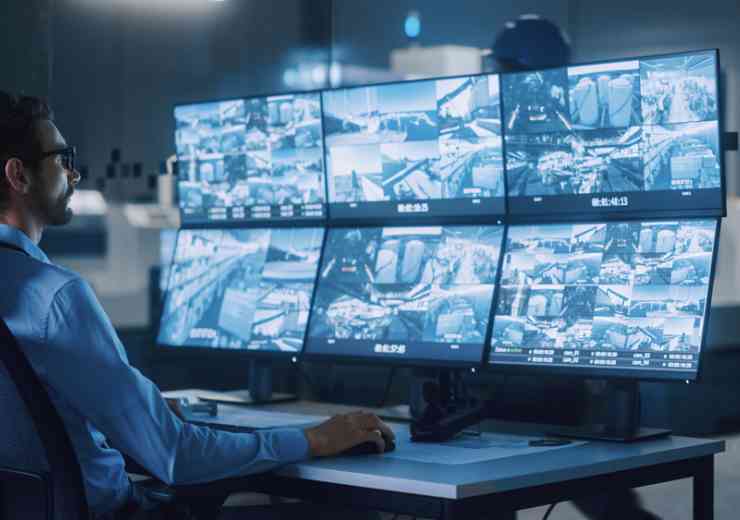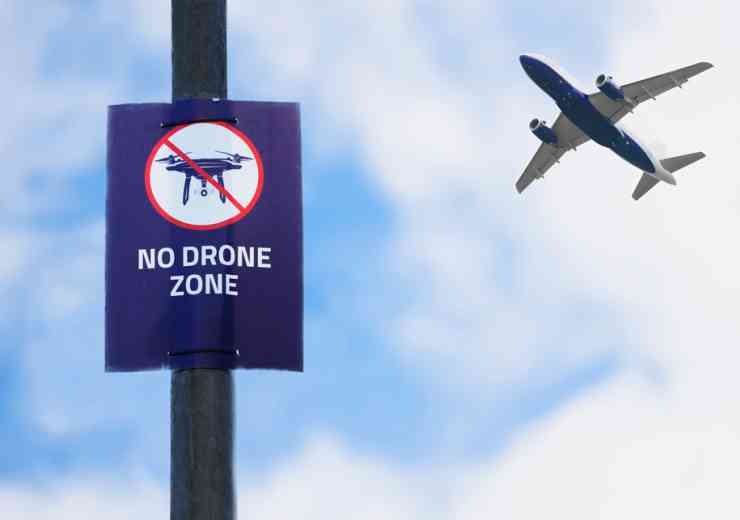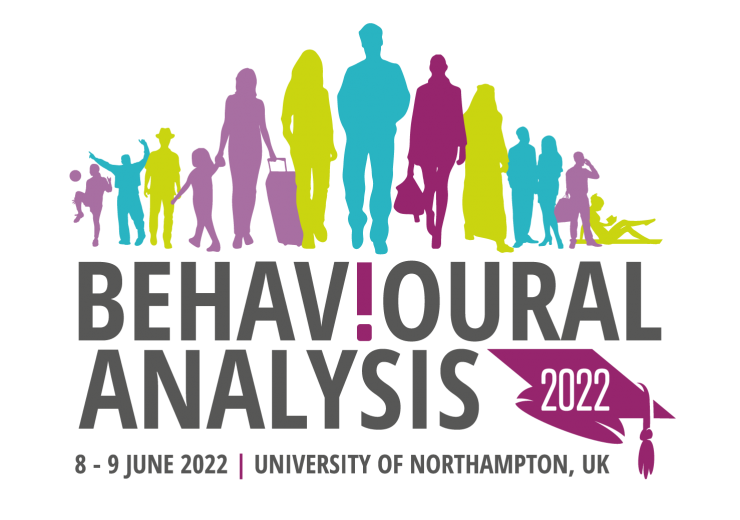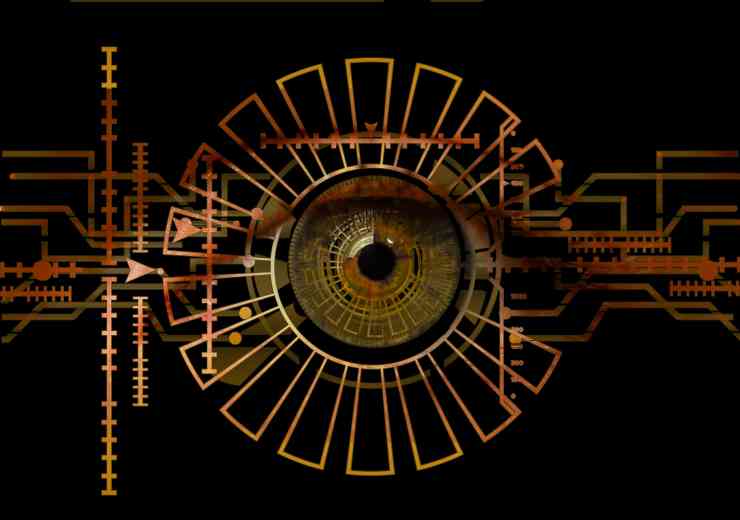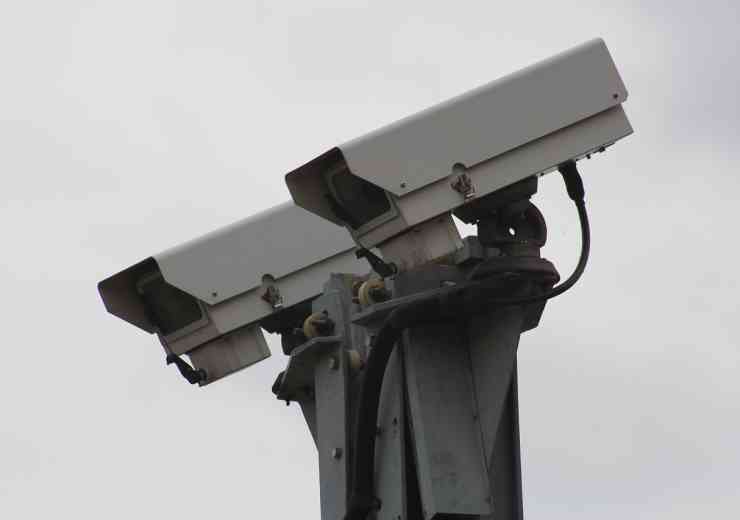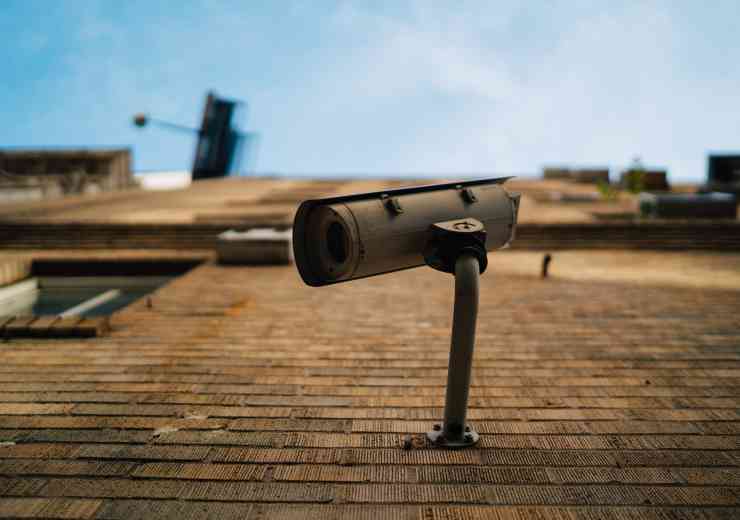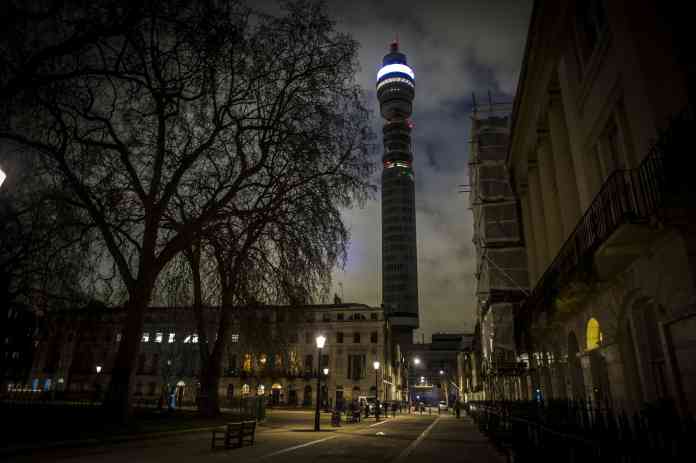
Stay safe, get smart: the move to smart cities
With the right surveillance technology, you can do so much more than simply keep an eye on things. But how do you make the move from safe city to smart city in these cash-strapped times?
There’s no doubt that the UK’s cities are changing. There’s more traffic on the roads. More vehicle offences. An increase in knife crime. And, with nearly all businesses and charities using some sort of digital service, it’s never been more important to take steps against cyber crime.
It’s a lot to deal with. And yet, that’s exactly what the public expects. Enough parking; less pollution. Clean, safe public spaces at all times of day and night. Protection against theft and assault. Eyes need to be everywhere, but budgets are tight. It’s a good time to start thinking smarter.
A new era
At our recent Smarter Digital Surveillance Summit, Dr Richard Jones, senior lecturer in criminology at the University of Edinburgh, observed that ‘we’re entering an era of smart cities’. It’s not surprising. Cameras, sensors and the Internet of Things gather vast amounts of data. This can offer deep insight into what’s going on, in real time. It’s intelligence that can help you face daily challenges head-on, making life easier and safer for residents and visitors – and all in a cost-effective way.
Nearly a quarter of local authorities are already working towards becoming smart cities. They might be starting to use intelligent street lights to reduce energy costs, or controlling traffic in real time to help ease congestion. Fewer traffic jams mean less air pollution. And with as many as 40,000 UK deaths a year linked to pollution, this is a big deal.
Smart cities are evolving around the world, too. Dr Jones shared details of a scheme in China where sensors can detect and identify jaywalkers through facial recognition, and issue a fine to their phones. In Australia, the US and the UK, police are experimenting with live streaming from body-worn video cameras. Qatar is the second most polluted country in the world, but has begun tracking air quality ready for the World Cup 2022.
Any town or city with existing CCTV or surveillance equipment has already got the foundations of a smart city platform. You just need to decide what’s important, be it transport management, smart parking or air quality control. You can choose to include local services and people, too. Take a look at what Cornwall has done: bringing Fire, Rescue and Community Safety Services together to create a safer community.
Once you’ve decided what you need, you can exploit the tech and assets already there. But how?
Get the basics in place
CCTV catches the average Londoner about 300 times a day. But with over six million surveillance cameras nationwide – more than in any other European country – it’s not just the capital that’s well equipped. Local authorities across the country can leverage this existing infrastructure as a launchpad for new opportunities.
First, you need to move to digital cameras. Their image quality now blows away old-fashioned analogue, even in the lower light cast by LED street lights. And invest in dedicated, digital, fixed fibre networks that keep your cameras connected directly to your control room. They’re resilient, secure and shielded from any environmental or wireless interference. And that means they remain a reliable source of intelligence if the airwaves go down in an emergency or deliberate attack.
If you’ve already upgraded your CCTV, you can just add more digital tech. And not just at your camera locations. Smart street lights, electrical vehicle charging points and other powered street furniture can all hold many sensors and act as concentration points for local IoT networks. It’s all about sharing sites and existing infrastructure. You can even add Wi-Fi access points really easily: free public space Wi-Fi is always well received.
And sensors are starting to do more than one thing, too. At our recent summit, Adrian Sutton from Vortex IoT discussed a product they’re developing with BT and Swansea University: it combines a parking sensor with an air quality monitor. It provides more data, but with no extra street clutter. See what they’re doing here.
Add in features like video analytics and you’ll be able to do even more. Track moving objects; identify whether you’re seeing a person, bus, car or animal; recognise number plates; count people in and out of an area; detect faces; spot loitering; track abandoned objects. Just don’t get too carried away: for budget reasons, and your sanity, stick to the technology that is most aligned to your specific challenges.



